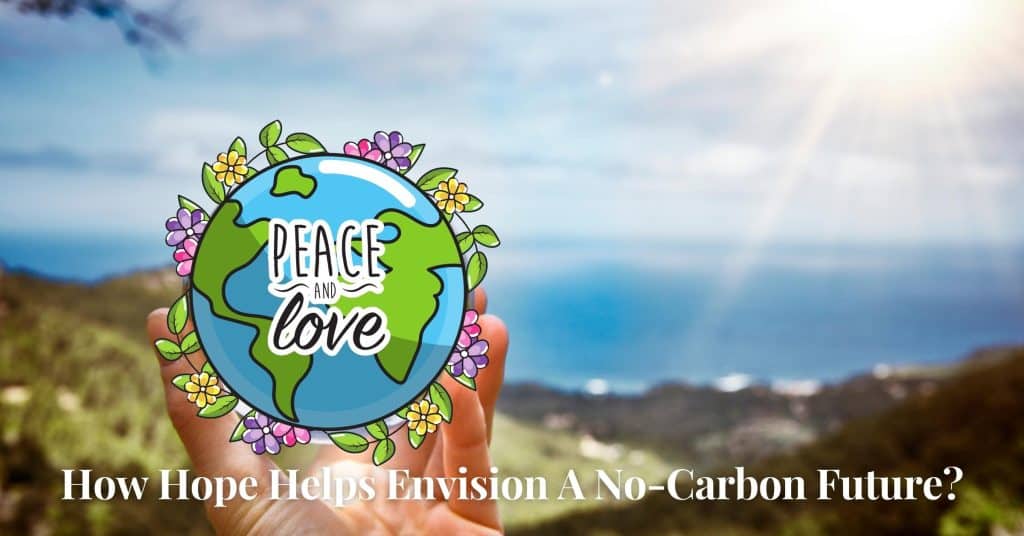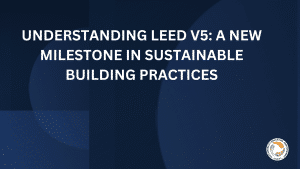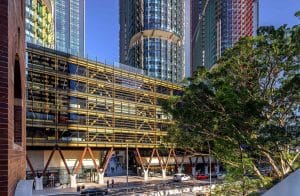The global outcry regarding climate change has gradually turned into global despair, primarily due to a long summer marred by unforgiving heat waves and flooding. The wildfires across the planet were a constant headline, making us wonder if there was any hope left in the tank — how much more beating can the planet endure before things fall apart completely? Fortunately, there’s a global public concern, especially among climate change educators, to cut down on the despair and pessimism about the climate crisis and build more hope.
Central to the quest is the question — how can modern education help future generations envision a no-carbon world by 2050?
A monumental goal such as this brings along significant challenges, particularly related to making students imagine a carbon-free society in the first place. Teaching on the theme of climate hope, climate-change educators aim to help students, especially teens and young adults, approach the crisis with much motivation, engagement, and action.
Professors often find Gen Z students coming to school with no clue about the state of the current climate crisis. They suffer from ‘Eco-Anxiety’ and find it difficult to remain hopeful about climate change. It is quite understandable if we bring the last couple of COVID-ridden years into consideration. Nevertheless, professors say that students do engage in conversations about family planning and retirement. However, the conversation often rolls into negative emotions since the future seems to loom.
With such a mindset, how can we expect students to remain hopeful about the future when climate change is wreaking havoc in the present?
It’s quite concerning since the mindset can lead to inaction and withdrawal — the last thing we want while fighting climate change. The best way to deal with the situation is by being bitterly honest with children about climate change. Educators believe the professors should give clear and honest direction to students as it helps them develop practical solutions to real-life problems.
We have to push students toward thinking about the future with much enthusiasm and this is achievable only if we motivate young minds to take action. Motivate students to listen to science and use it to move beyond the limits of imagination — a perfect recipe to slowly transition away from fossil fuels. But as we all know, hope works where science doesn’t. Therefore, we believe that generating hope is a crucial battle in the war against climate change.
Hope works where Science doesn’t
Hope is an essential aspect of motivation as it provides the necessary emotional state that allows students to think positively while enduring the realities of the crisis. But, how hopeful are we anyway? At a time when we should come together and become more hopeful than ever, the motivation to achieve the same is sorely lacking. Hope is a critical ingredient that helps identify our goals, define specific paths, and provide the necessary motivation. Eventually, it leads to accomplishment and keeps us pushing forward to achieve more, in this case, a no-carbon emitting world by 2050.
Most importantly, it aids young adults to develop mechanisms in their quest to build a fossil fuel-independent world. Reimagining social life in a carbonless 2050, although a seemingly difficult task at present, can help students apply reverse engineering and take the necessary steps to avert a massive climate catastrophe in the making, with promising technological solutions and research-based probabilities that support the hope.
Such thought exercises allow a change in perspectives and envision communities with cleaner air, freshwater resources, healthy food, and social and economic justice. Not just that, these might even free the future world from environmental racism and inequalities that burden certain communities.
Slowly, but steadily, the students can use hope to envision positive outcomes and use realism to bridge the gap between present and future. Climate-change educators find working with students a necessary step towards building hope. Making them better informed and better inspired certainly is critical to motivating students to go beyond existing possibilities and stay hopeful.












